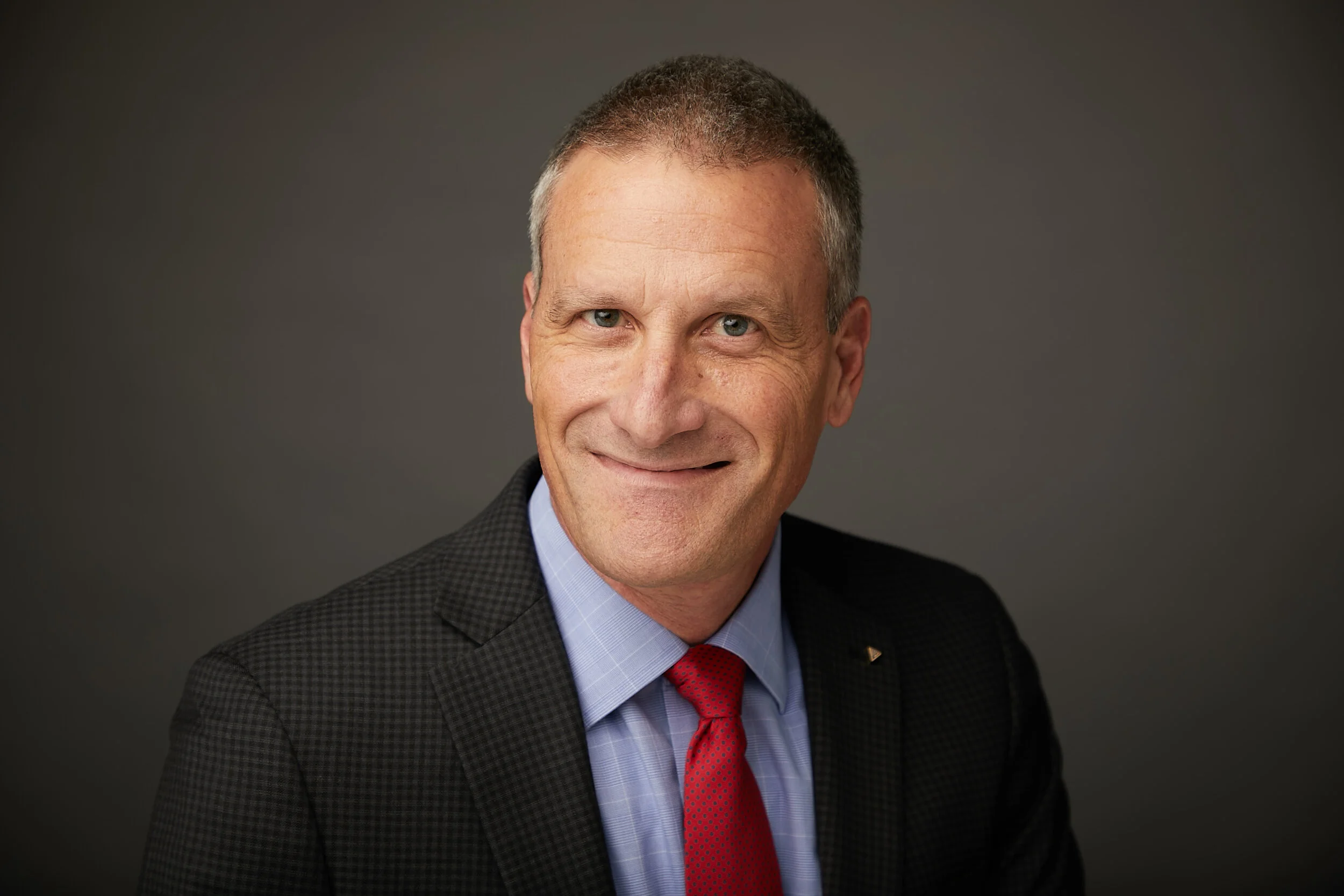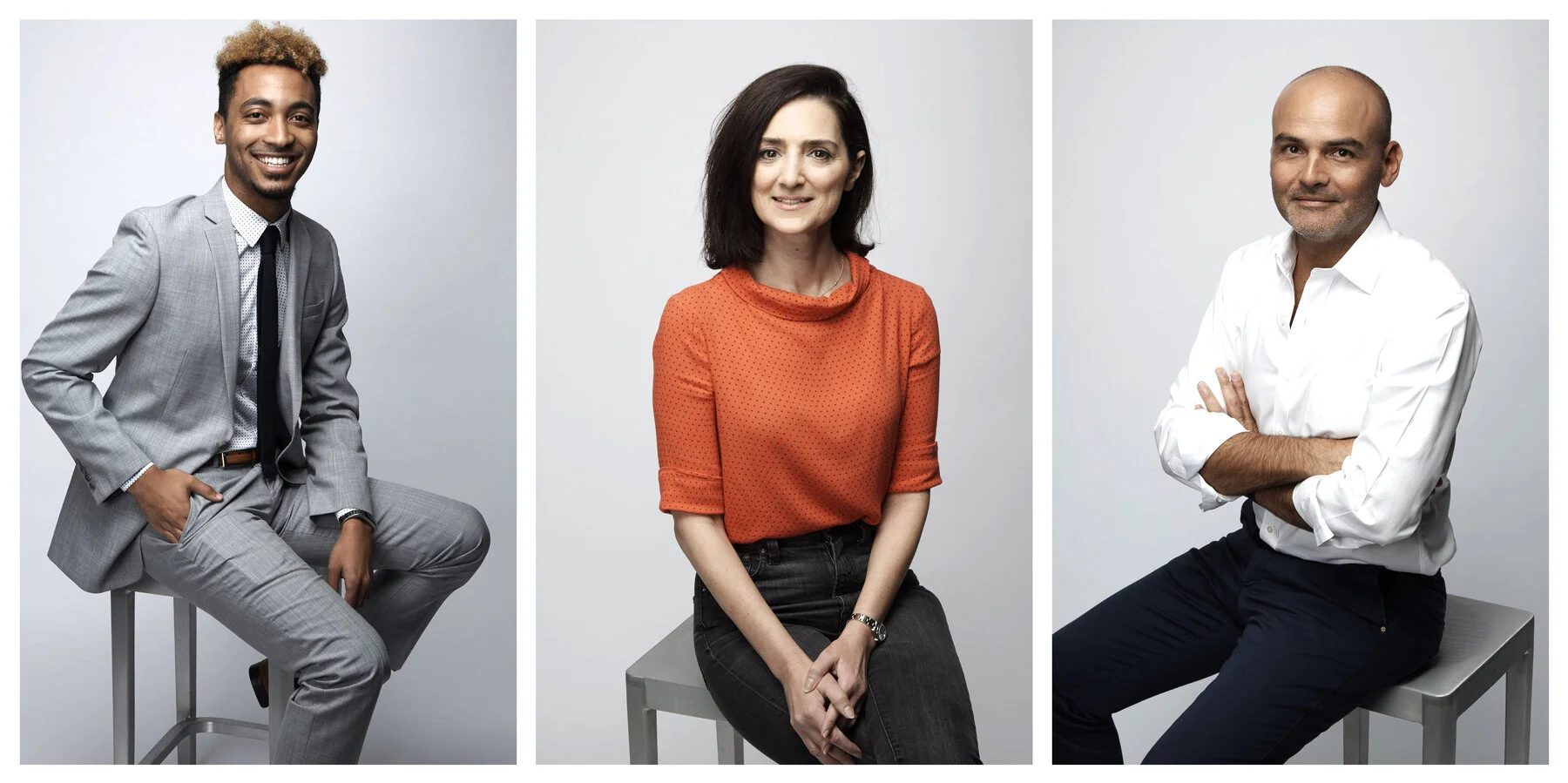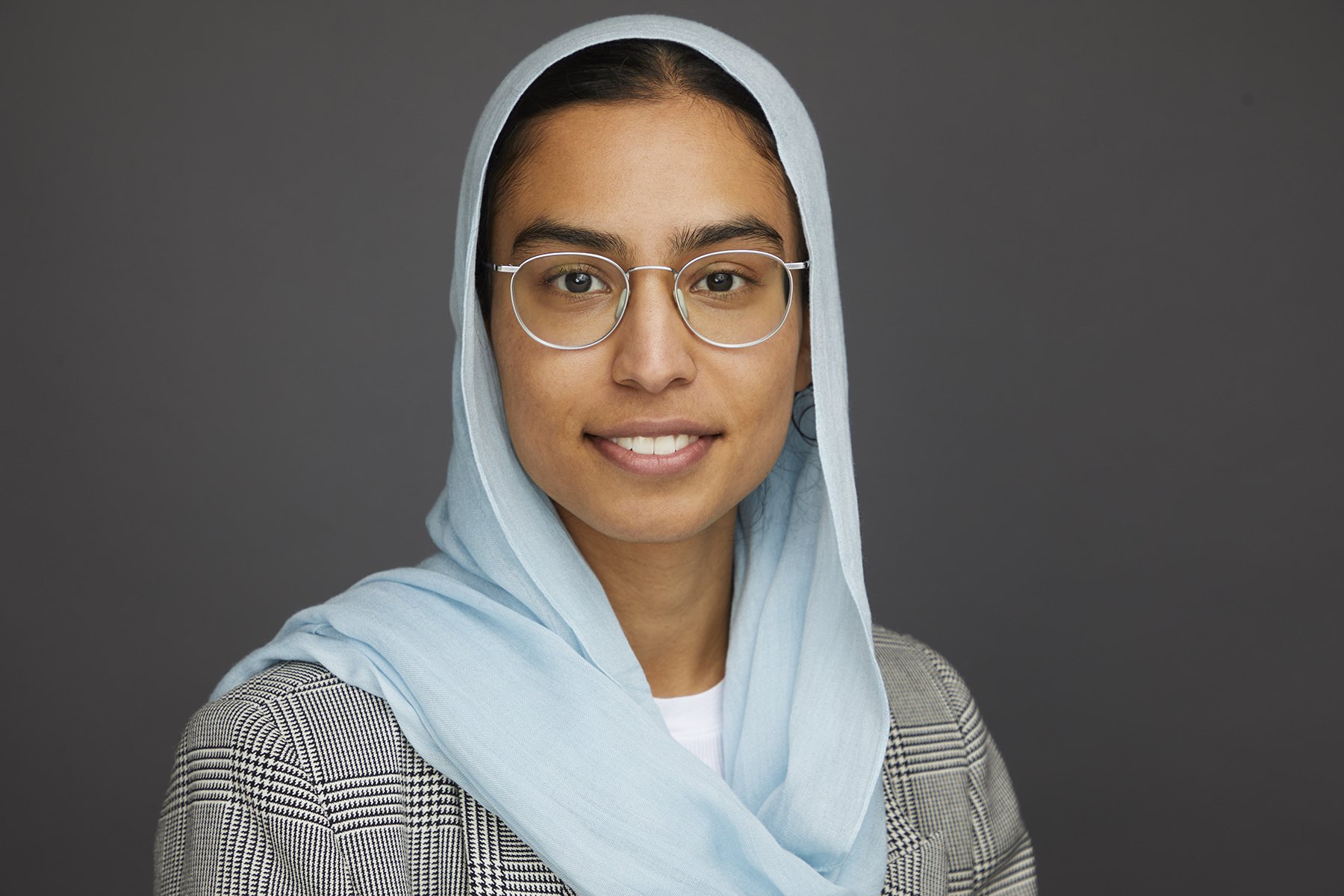It's Headshot Day - Covid Style!
The ball started rolling for us in the business headshot and professional portrait market in August and it has been a steady and solid Fall, work-wise, ever since. That is very good news for us, given that we are in an industry where every sector hit a massive 12 foot thick wall a few Marches ago.
We will not go as far as to say that the pandemic is under control, but we will admit that we are cautiously optimistic. Why? So many of our clients have figured out how to function safely. They have guidelines and rules in place that allow people to operate with protections in their places of business. They are being supported by vaccine requirements. People are wearing masks. Offices are at reduced capacity.
Here are some of the trends that our executive headshot photographers are seeing.
Thank Goodness for Vaccines
People are feeling confident in the power of the vaccines. Those who are vaccinated are not getting sick or nearly as sick.
There is no way for a corporate photographer to take a headshot when the subject is wearing a mask. When we ask them to get in front of the camera and remove their mask, they can feel far more confident that they are protected by their own vaccination status.
Clients are being so careful. They are following mandates as a baseline. Extra steps include, for example, closed campuses. This means that only those with ID's or that have pre-approved business in the building are allowed to enter.
These vaccination requirements are being taken quite seriously in New York, our home base and the surround areas. We are grateful that this key element of vaccinations is something that will help us get back to business as usual.
Masks, Masks, Masks
Call it overkill, given the vaccination rates among our clients, but with the delta variant still causing so much havoc, we are grateful that our clients are still feeling the value of this extra layer of protection.
Everyone is wearing and cooperating, as far as we can see. Obviously, for their online or LinkedIn headshot, the mask has to come off. But we are glad about the extra protection that masks bring to our shooting area while subjects wait. And we said it here first – masked professional headshots anyone? A real sign of the times, no?
Smaller Groups
We used to come to an office to cover employees for their business headshot. Or maybe a university to cover graduate or graduating students for their LinkedIn headshot. There would be crowds of people lining up. Sometimes it would be 20-30 people deep every second of the 6hrs we are shooting. People wanted their professional headshot.
This piece has changed dramatically. The events are smaller and we are taking phased and scheduled approaches to getting people their professional headshot photos.
We are doing our part to keep a more organized flow. With our clients, we are strongly advocating for scheduling individual sessions. Our scheduling tool is the simplest way to do this. We send the client a link to the schedule. They then distribute it to their staff or subjects. Each individual schedules their own time to have their corporate headshot session. This means that there is a steady and predictable flow of headshot clients coming into the room. No one is waiting in line for an hour to get their photo taken. They are scheduling their time, showing up a minute or two early, getting their photo and then exiting the area.
Easy breezy.
Not only are people in and out faster, the room where we shoot is never crowded. There are never more than 1 or 2 people waiting around, if that. It is only the photographer, an assistant, the current subject and sometimes the corporate headshot subject who is up next.
Spaced Out
The other factor that helps with less crowded spaces? A room that has a bit more... room. We are pushing for more open and roomy areas to shoot in and clients, whenever possible, are accommodating. Our ideal space has enough room for a photographer, an assistant and a subject to occupy the room with the magic 6' distance between everyone. If that can't happen we modify with safety being the first priority.
A few other things we are seeing...
Rooms are clean. We see professional crews coming through all the time wiping down tables, doorknobs, chairs, and anything else that people might be touching. There is hand sanitizer everywhere and surfaces wipes galore.
Now, we at The Booth are very familiar with the phrase, Hygiene Theater. But we operate in spaces that are shared by sometimes hundreds of others, where doors are touched by at least 20-30 people an hour, where the bathrooms might have 10 stalls. We believe the safest cleaning measure is to wash those hands (for a full 2 rounds of happy birthday, please). But when we are in NYC in high traffic and public areas, we are happy for the effort that the cleaning staff and our hosts make.
And for the best and most important part.... People are on board. Everyone wants their headshots done safely and in an organized way. Sure, the occasional mask might slip below the nose, but they are quick to adjust back to code. We have not seen anyone out of compliance as everyone we work with is comfortable with the safety guidelines, or at least willing to comply while we are working together..
We are so glad to be back shooting corporate headshots and business photography on the regular. We love seeing our people, meeting new folks and making great photography.














































